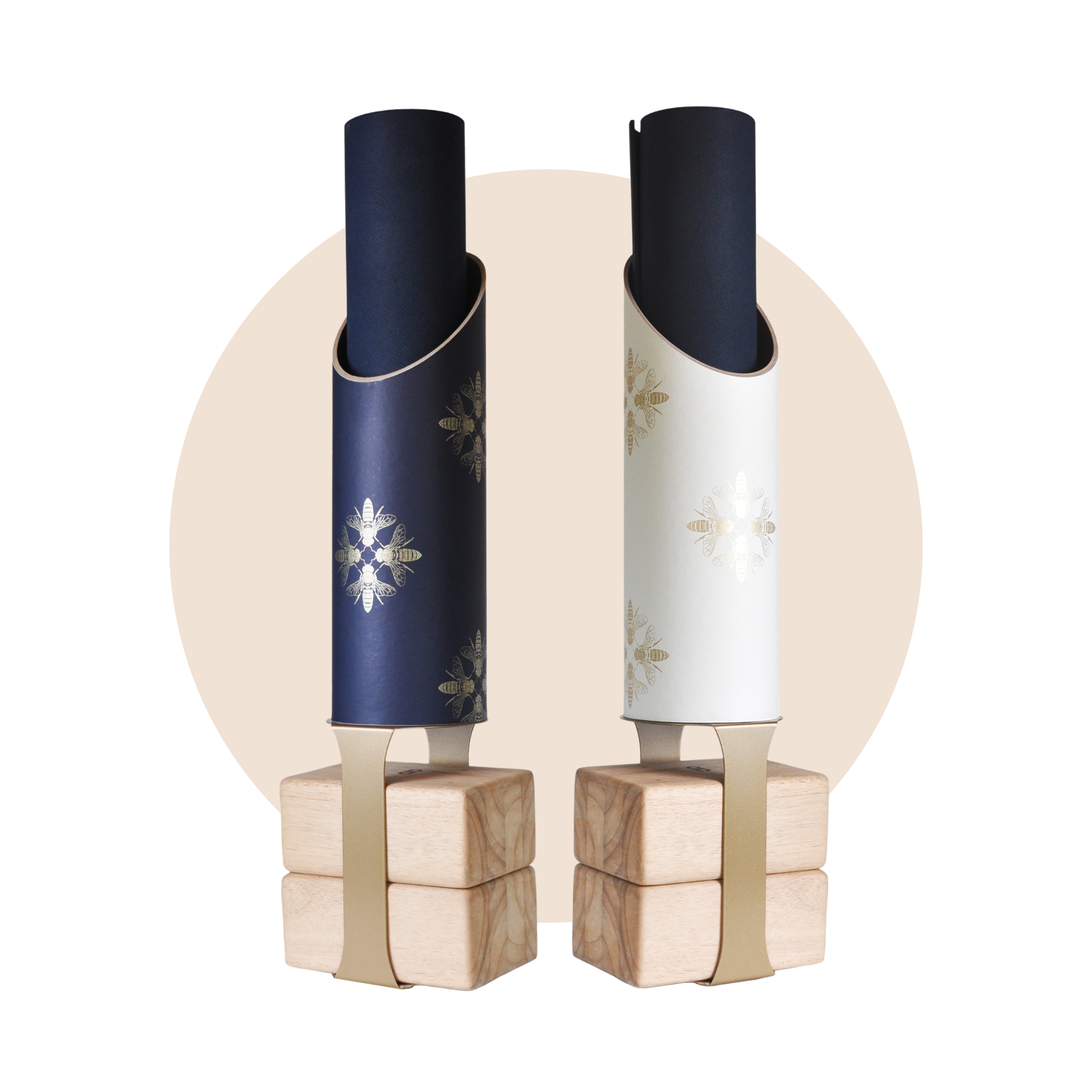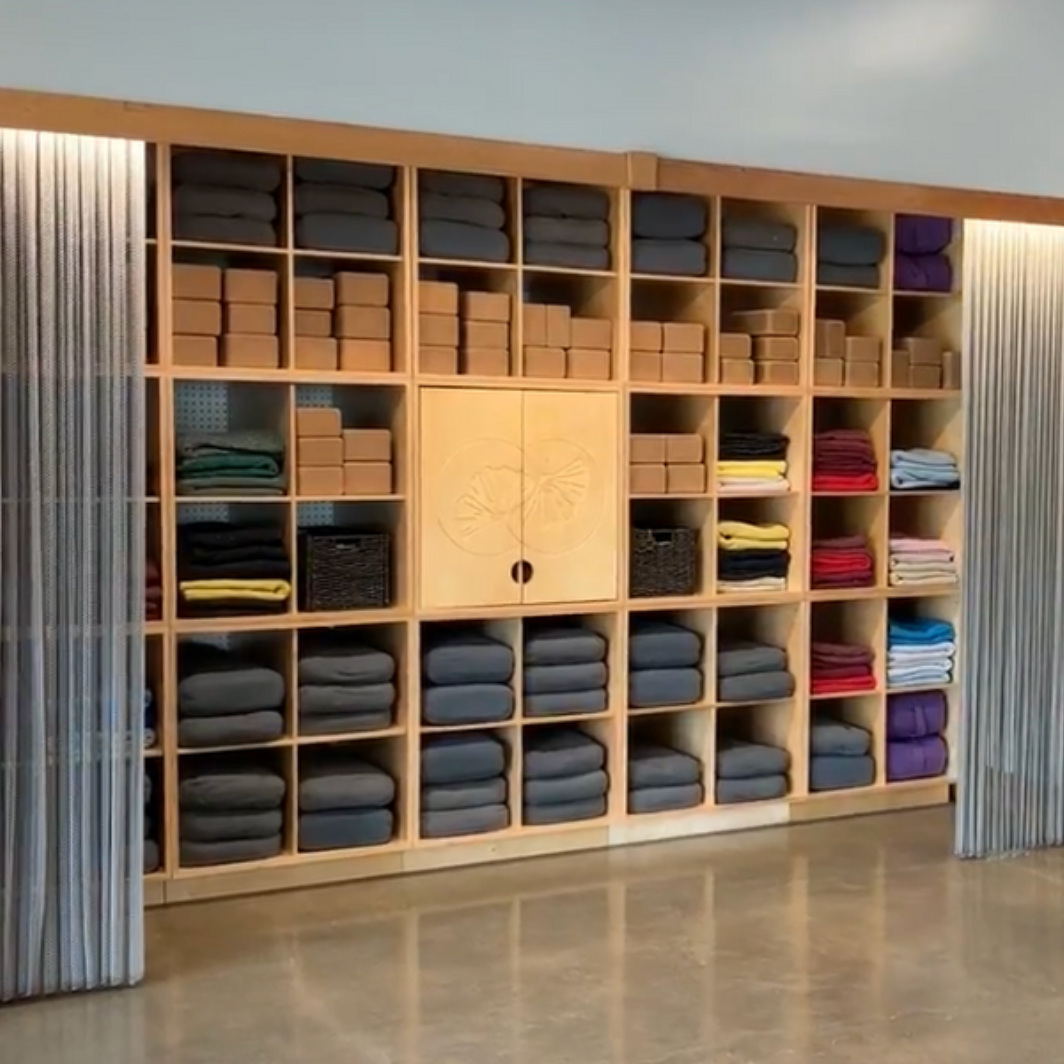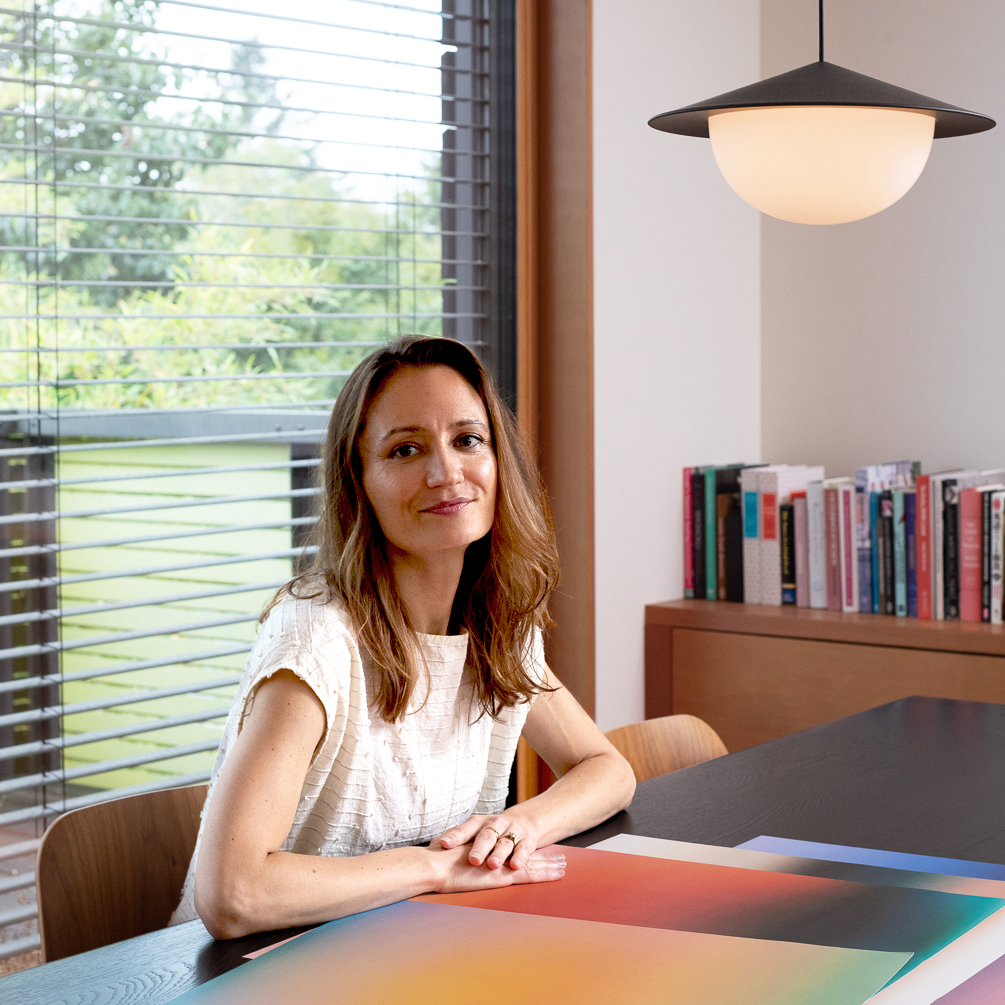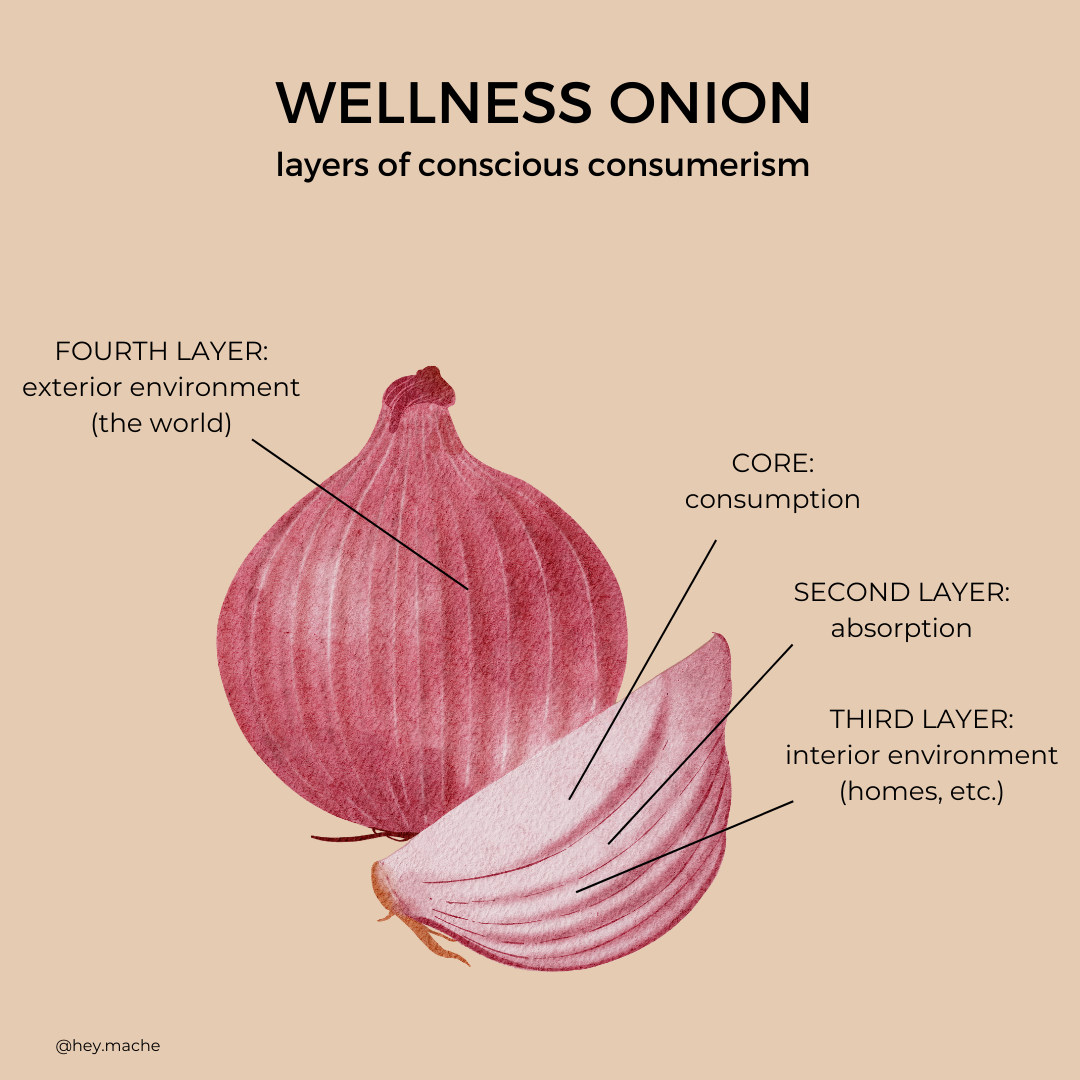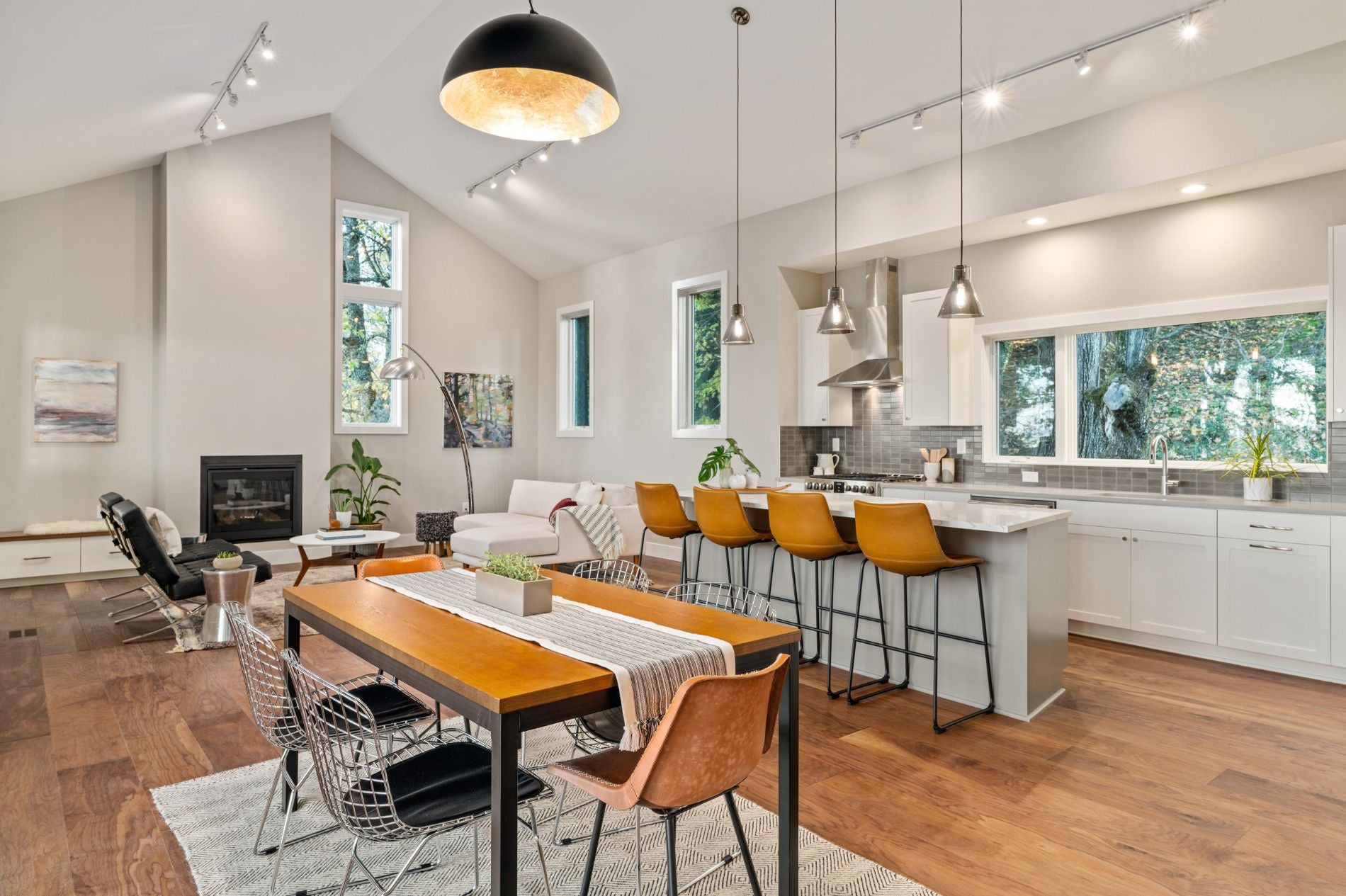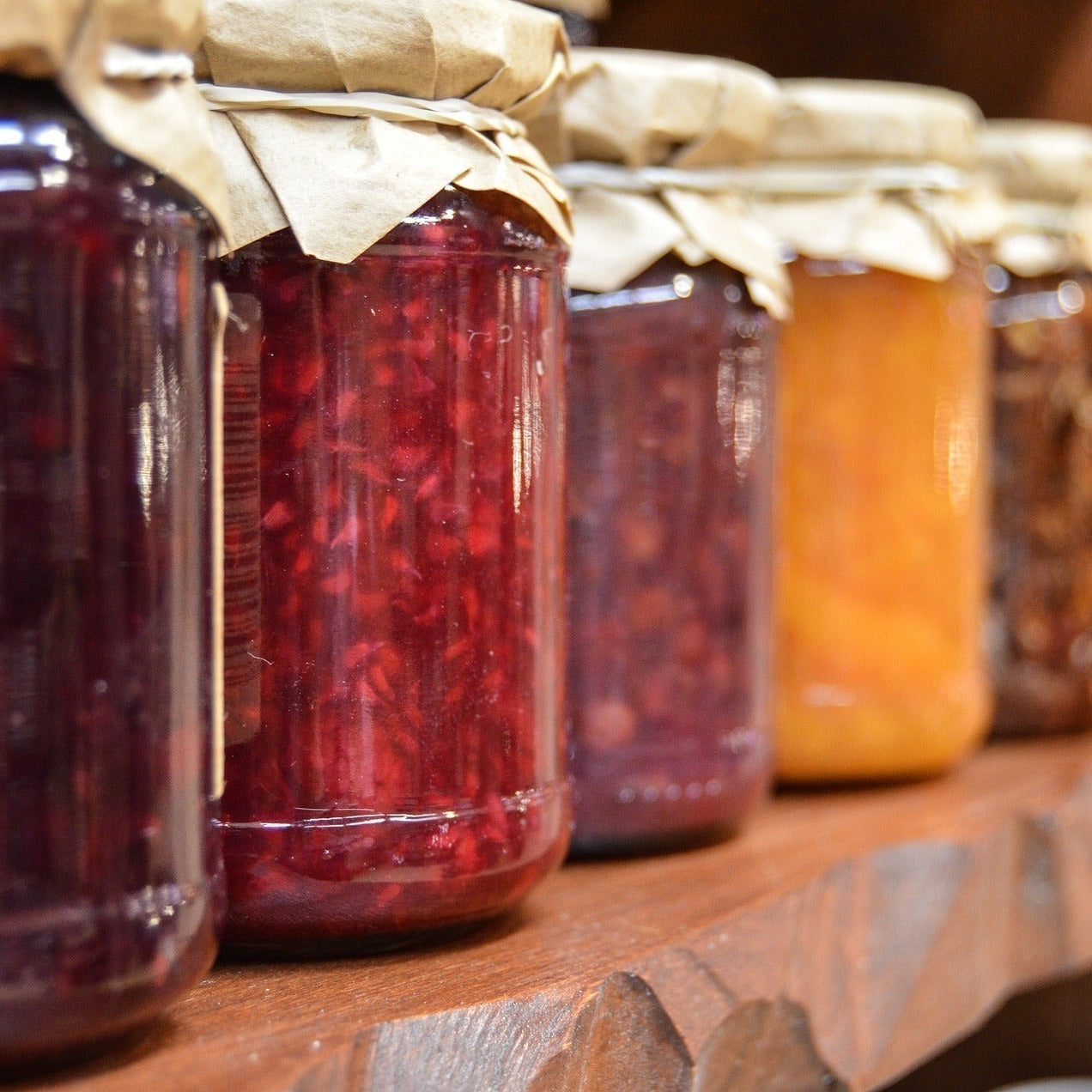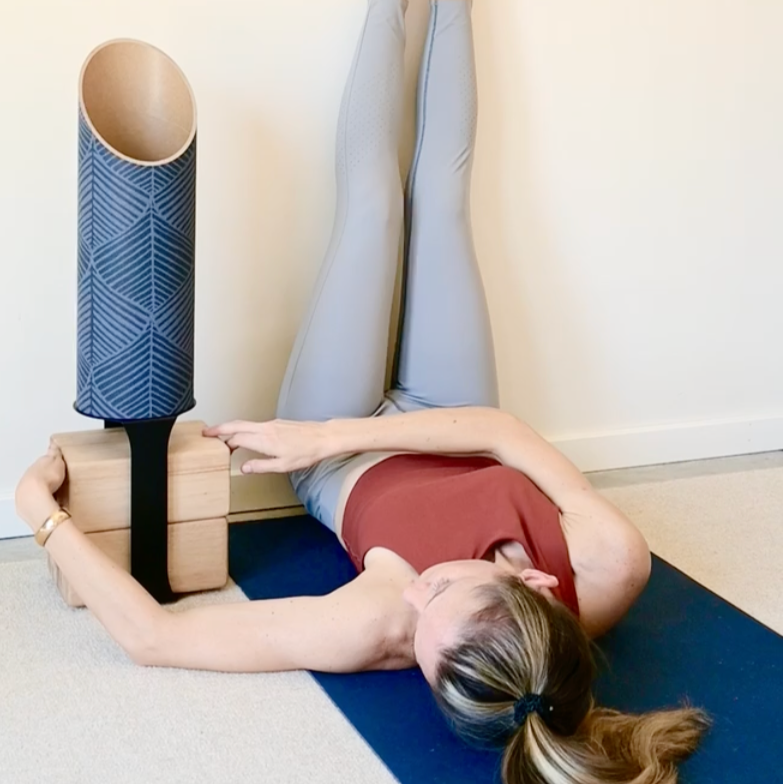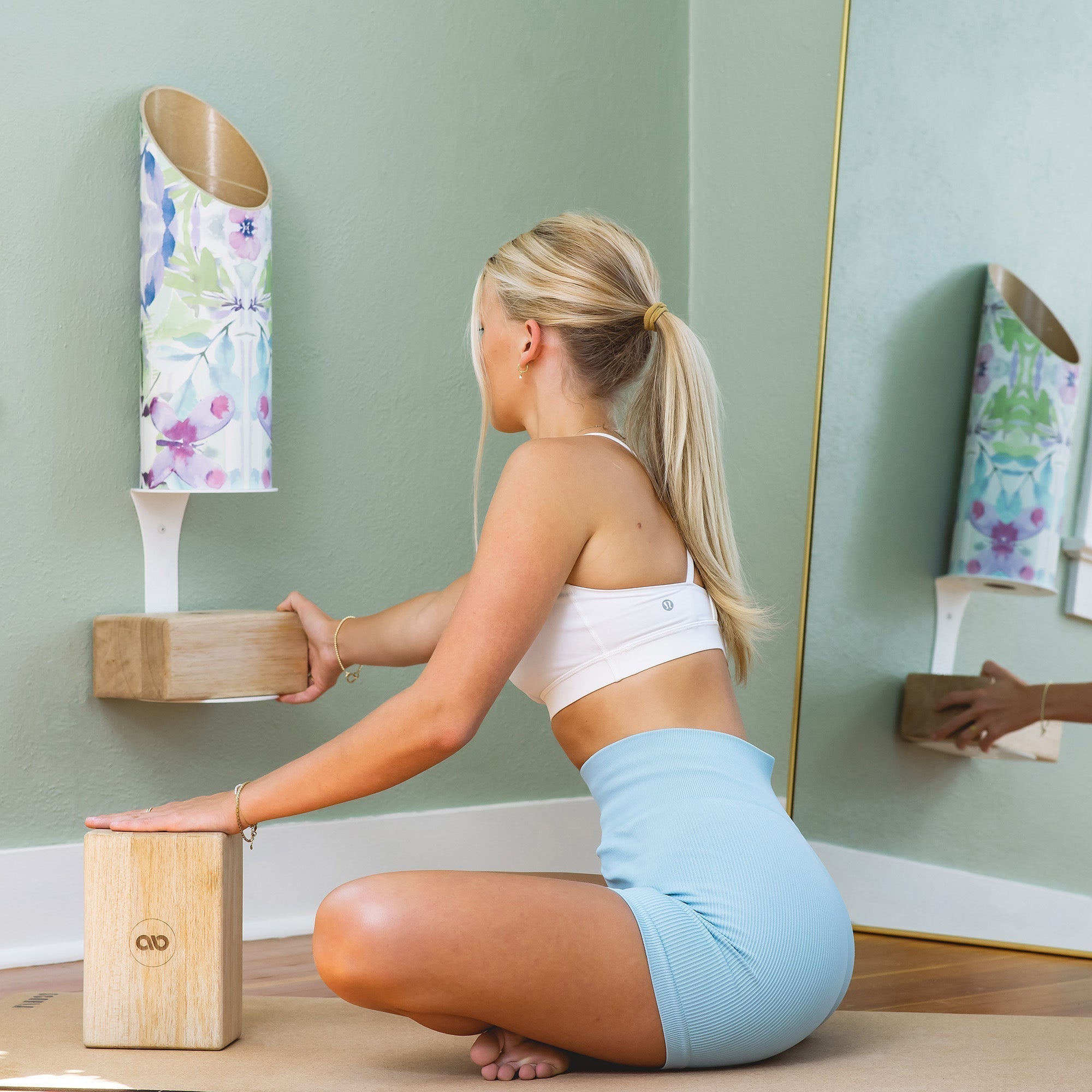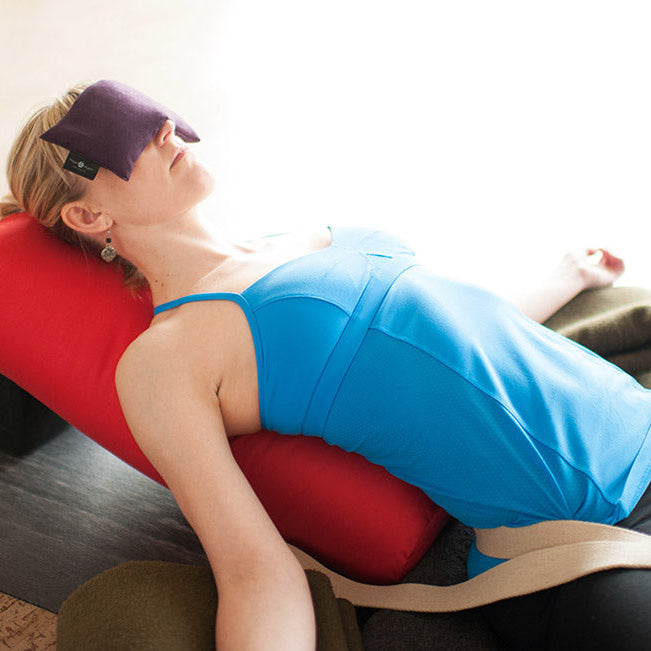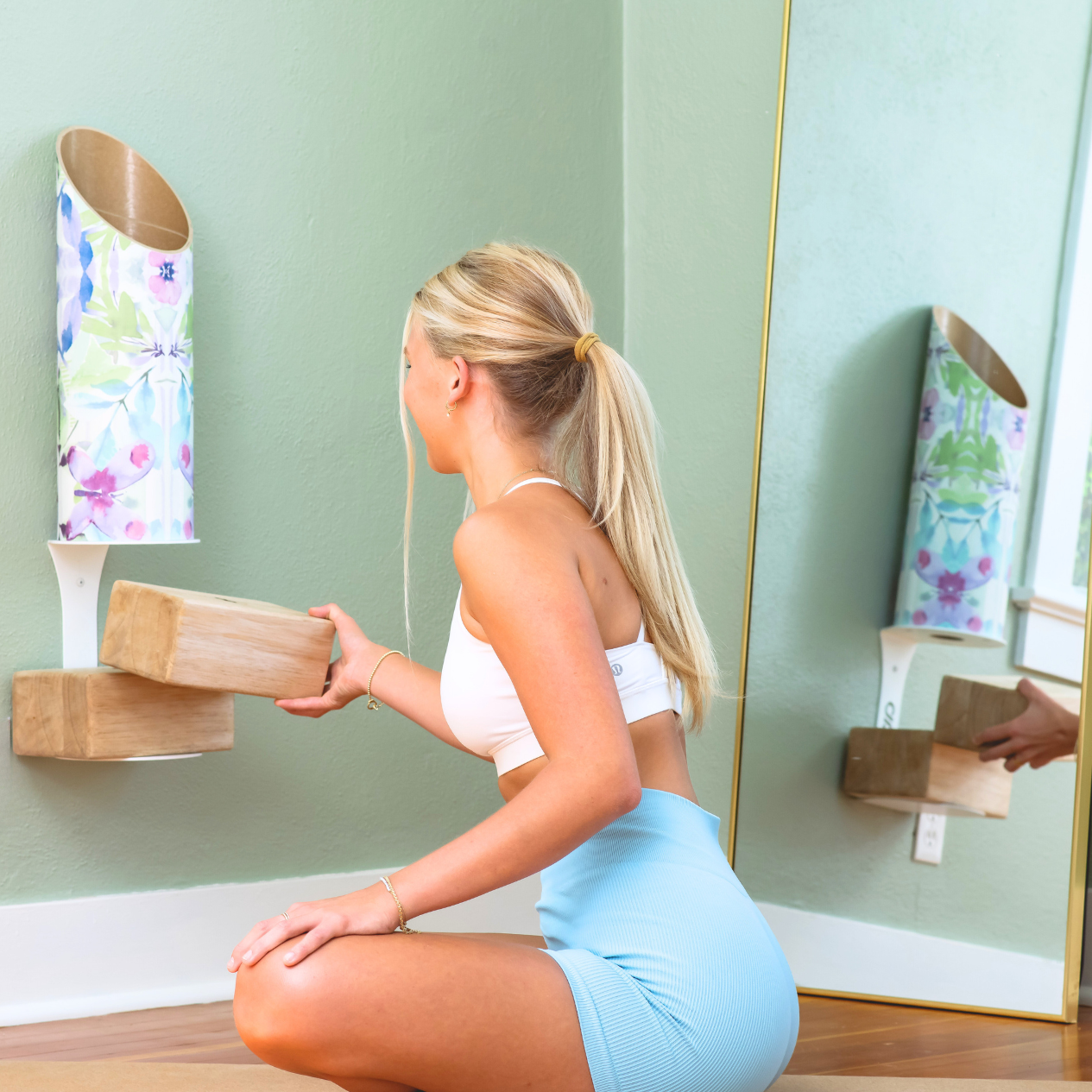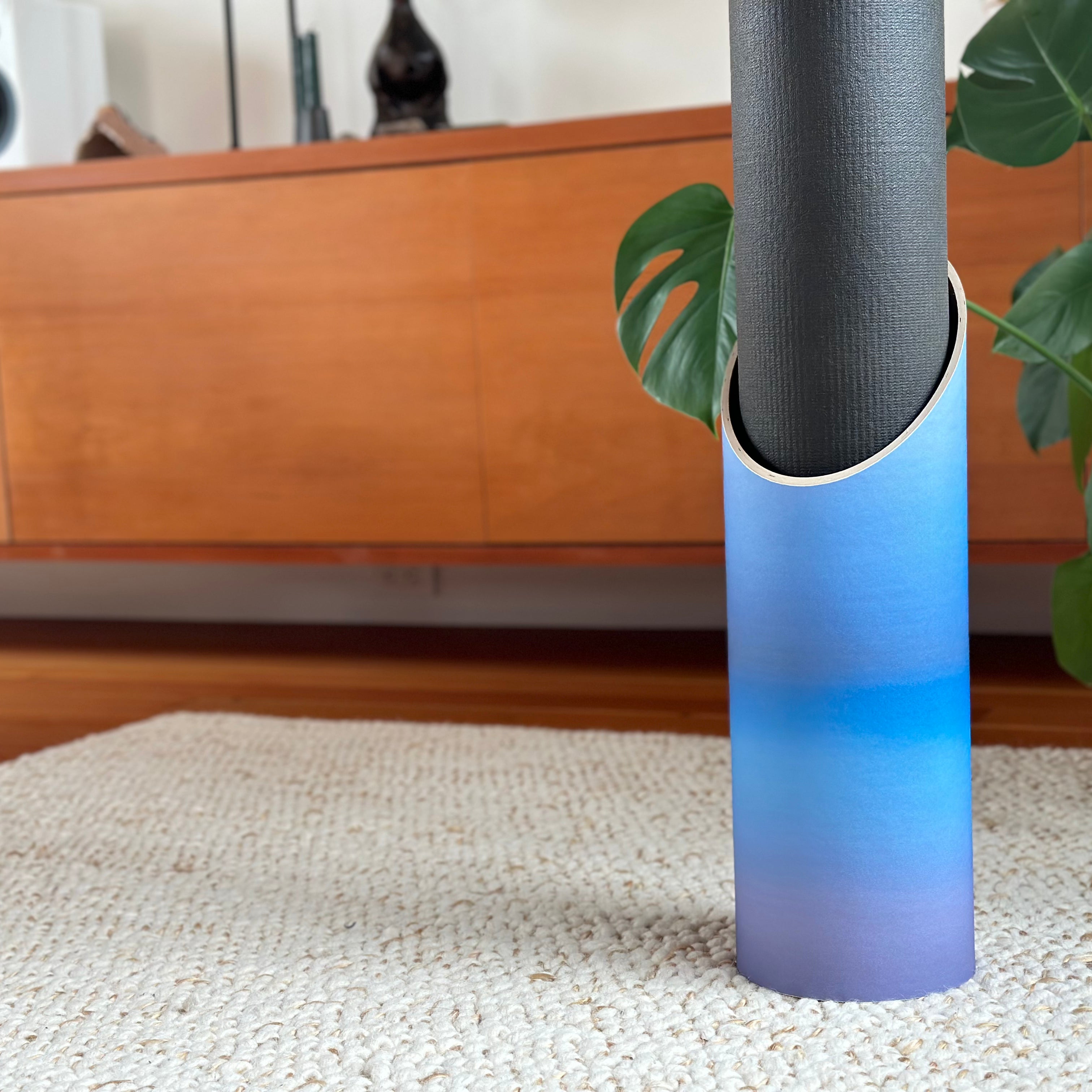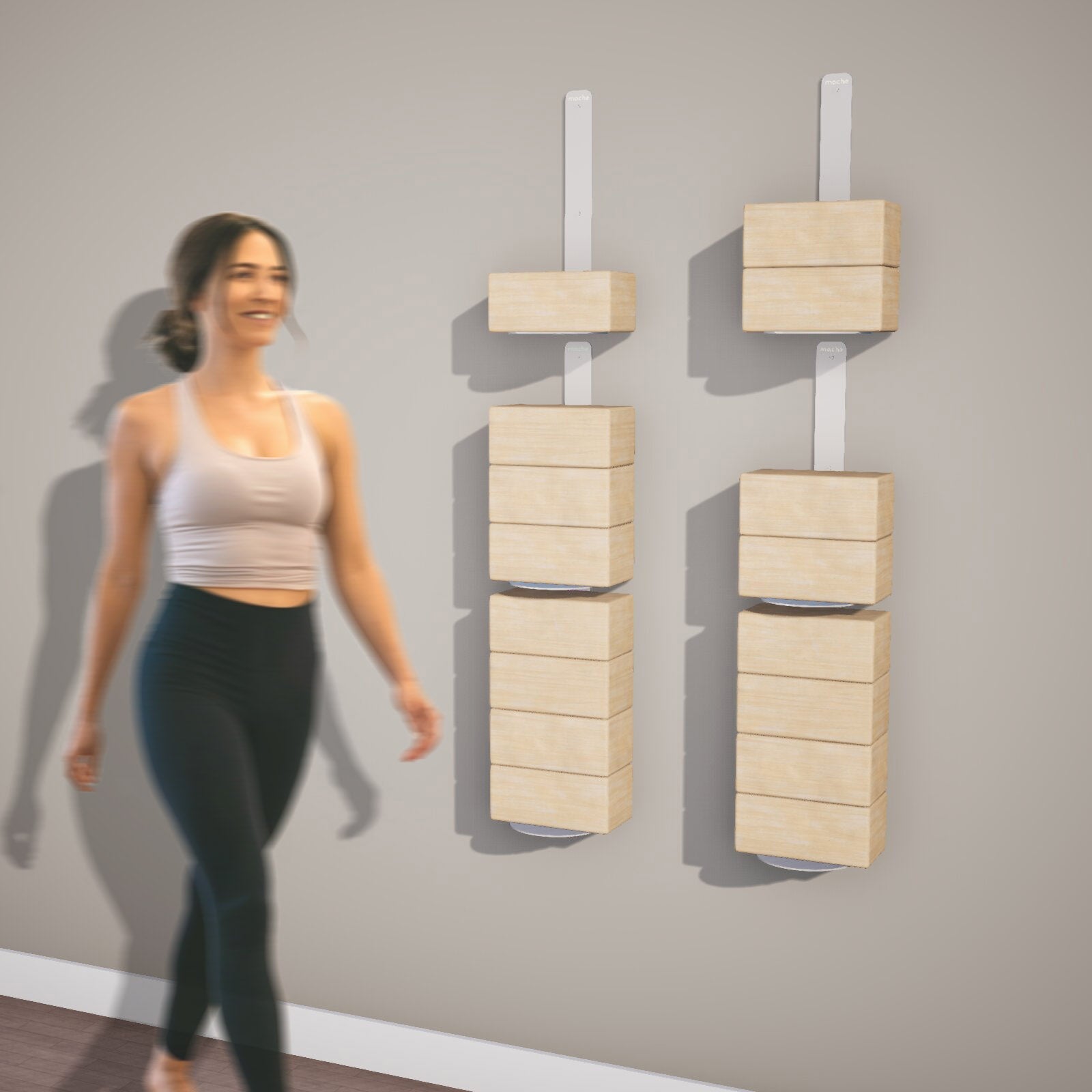In recent years, a spotlight on sustainable living has illuminated the hidden corners of the luxury interiors market, revealing a landscape that, while seemingly opulent, often harbors a toxic secret. Many of the materials traditionally associated with luxury — from leather furnishings to exotic wood imports — are processed using chemicals that can be harmful to both our health and the environment.
As we delve deeper into the intricacies of these materials, we find that the path to true luxury is one that embraces sustainability, opting for alternatives that do not compromise our well-being or that of our planet. In this article, we take a closer look at five materials, commonly found in luxury interiors, uncovering their hidden toxins, and offering sustainable alternatives for a home that is both luxurious and non-toxic.

1. Leather (and yes, you too, 'Vegan Leather') Furnishings
The Toxic Truth about Leather and "Vegan Leather"
Leather production involves the use of several hazardous chemicals such as chromium, formaldehyde, and other volatile organic compounds (VOCs). VOCs are airborne chemicals that can be inhaled over the course of the product's "life" in your space. Breathing in toxic chemicals is far from luxurious. Plus, chromium is used in the tanning process to enhance the durability and water resistance of leather, and it is a toxic metal known to cause cancer and other health issues when inhaled.
Vegan leather, also known as faux leather, is often touted as a sustainable alternative to traditional leather because it avoids animal cruelty. However, it comes with its own set of serious environmental toxins. The majority of vegan leather is made from PVC or polyurethane, which are two of the top most harmful of the plastic-based materials derived from fossil fuels. These materials are not biodegradable and they release toxic chemicals during production and disposal, contributing to environmental pollution and substantial health risks [1]. Learn more about the toxic hazards of the leather industry from Deskera and Science Direct, so that you are not greenwashed into buying "vegan leather".
Sustainable Alternatives to Leather
To address the ugly truth about leather toxicity, there has been a rise in the development of more sustainable vegan leather alternatives. These include:
-
Mushroom Leather (Mylo Unleather): Made from mycelium, the root structure of mushrooms. It is biodegradable and created using a zero-waste process. You can find products made from this material from brands like Herman Kay.
-
Cork Leather: Derived from the bark of Portuguese cork oak trees, this material is renewable and biodegradable. It is used by brands such as Corkor.
-
AppleKore: A highly sustainable material produced from the waste of the apple juice industry. It is a more sustainable option and is utilized by brands like NAE Vegan Shoes.
Final Thoughts about Leather
While vegan leather, made from the most poisonous plastics on the planet, is far from a sustainable solution to traditional leather, there are emerging alternatives that offer more eco-friendly solutions. When shopping for vegan leather products, it is essential to research the materials used and opt for brands that prioritize health and sustainability.

2. Epoxy/Resin Counters and Floors
The Toxic Truth about Epoxy and Resins
Epoxy and resin materials are popular choices for modern countertops and flooring due to their supreme durability and glossy finish. However, they are derived from petroleum, a non-renewable resource, and their production involves the emission of VOCs which can contribute to air pollution and respiratory issues [1]. Moreover, epoxy and resin surfaces can continue to emit harmful VOCs into your home environment, affecting indoor air quality and potentially causing health issues over time.
Sustainable Alternatives to Epoxy and Resins
To foster a healthier and more eco-friendly living space, consider the following sustainable alternatives to epoxy and resin:
-
Recycled Glass Countertops: These are made from recycled glass waste, which is both an eco-friendly and visually appealing option. Companies like Vetrazzo offer a wide range of recycled glass countertops.
-
Linoleum: Don't overlook this eco-friendly flooring giant. Made from natural materials like linseed oil and cork dust, linoleum is not only durable and affordable but also biodegradable, making it a top choice for sustainable home projects. Its variety in designs ensures style isn't compromised for sustainability.
-
Concrete: Utilizing concrete for counters and floors stands as a more sustainable choice, thanks to its durability and the option to source it locally, thereby reducing its carbon footprint. Moreover, concrete doesn't have to mean the end of its usability; it can be broken down and recycled into aggregate material for new construction projects, or repurposed for landscaping, giving it a new lease of life and promoting a circular economy in the construction industry. This way, we not only save resources but also reduce waste, fostering a healthier environment.
Final Thoughts about Epoxy and Resins
While epoxy and resin materials offer a sleek and modern aesthetic, they come with significant environmental and health drawbacks. Opting for clean and green alternatives like recycled glass countertops and concrete flooring can help you create a luxurious yet sustainable and healthy home environment.

3. Acrylic Decor and Fixtures
The Toxic Truth about Acrylic
Acrylic, a type of ultra-clear plastic, is a popular material for modern decor and fixtures due to its clear, crisp, and clean look. However, like all plastic, it is derived from fossil fuels, a non-renewable resource, and its production involves the release of harmful chemicals into the environment. Moreover, acrylic products are non-biodegradable, contributing to the persistent issue of plastic pollution.
Furthermore, acrylic manufacturing processes release harmful compounds such as benzene, which is associated with a range of health issues including cancer [1]. Additionally, acrylic products off-gas potentially harmful substances into your home, affecting indoor air quality and posing health risks.
Sustainable Alternatives to Acrylic
To create a luxurious yet eco-friendly home, consider these sustainable alternatives to acrylic:
-
Glass Decor and Fixtures: Glass is a safer and more eco-friendly alternative to acrylic. It is recyclable and does not emit harmful chemicals. Consider brands that prioritize recycled glass products, such as Bottle Alley Glass, which creates products from recycled glass bottles.
-
Metal Fixtures: Opt for fixtures made from metals such as brass or stainless steel, which are far more durable than plastic and recyclable. Companies like Rejuvenation and Schoolhouse Electric offer a range of sustainable metal light fixtures.
-
Wooden Furniture and Decor: Choose furniture and decor made from sustainably sourced wood or reclaimed wood. Brands such as Urban Wood Goods specialize in creating products from reclaimed wood, promoting a circular economy.
Final Thoughts about Acrylic
While acrylic decor and fixtures offer a clean, modern aesthetic, they come with unfortunate environmental and health costs. By choosing alternatives made from glass, metal, or sustainably sourced wood, you can create a home that is both luxurious and aligned with eco-friendly principles.

4. Wallpaper: The Hidden Dangers Behind the "Peel-and-Stick"
The Toxic Truth about Wallpaper
Wallpapers, especially the uber-popular peel-and-stick variety, contain PVC (polyvinyl chloride), a type of vinyl that has been nick-named the "poison plastic" as it is notorious for its environmental and health hazards. The production of PVC releases dioxins, which are highly toxic and can cause reproductive, developmental, and other health issues in humans and animals [2]. Moreover, PVC wallpapers can off-gas volatile organic compounds (VOCs) into your home environment, contributing to poor indoor air quality and potential health problems such as respiratory issues and headaches [3].
Sustainable Wallcovering Alternatives
To avoid the negative impacts of traditional wallpapers, consider these sustainable alternatives:
-
Non-Vinyl Wallpapers: Opt for wallpapers made from materials like paper or natural fibers, which are biodegradable and do not contain harmful chemicals. Companies like Farrow & Ball offer wallpapers made with water-based paints and responsible paper sources.
-
Clay Plasters: Consider using natural clay plasters as an alternative to wallpapers. They are eco-friendly and can create a unique, textured look on your walls. Brands such as American Clay offer natural earth plaster products.
-
Lime Paint: Lime paint is a type of natural paint that can create beautiful effects on walls, replacing the need for wallpapers. It is eco-friendly and contains zero VOCs. Check out brands like Pure & Original for lime paint options.
Final Thoughts about Wallpaper
While peel-and-stick wallpapers may offer convenience, they can harbor harmful substances that negatively impact both the environment and your health. By choosing sustainable alternatives such as non-vinyl wallpapers, clay plasters, or lime paint, you can create a luxurious and healthy living space that is in harmony with the environment.

Image: Sustainable Interior Design by Mache's Founder, Brienne Derosier
5. Imported Wood: The Hidden Costs of Buying International Goods
The Toxic Truth about Exotic Wood
International importation of wood and other natural materials into the US often necessitates stringent fumigation processes to prevent the introduction of invasive species and diseases. This process involves the use of potent chemicals, including methyl bromide, a substance that has been linked to ozone depletion and poses health risks to humans, including neurological effects and respiratory issues [4]. Moreover, the transportation of wood products across continents has a substantial carbon footprint, contributing to climate change.
Sustainable Alternatives to Exotic Wood
To mitigate the environmental and health impacts of imported wood, consider these sustainable alternatives:
-
Local and Reclaimed Wood: Utilizing locally sourced or reclaimed wood reduces the need for chemical treatments and lowers the carbon footprint associated with transportation. Companies like Elmwood Reclaimed Timber offer a range of reclaimed wood products.
-
Bamboo: Bamboo is a fast-growing, renewable resource that can be a more sustainable alternative to traditional hardwoods. Brands such as Plyboo offer a variety of bamboo products, from flooring to countertops. Be sure to shop sustainably-sourced bamboo products that are not harvested from old growth forests.
-
FSC Certified Wood: When purchasing wood products, look for those certified by the Forest Stewardship Council (FSC), which is a rigorous tracking process that ensures the wood is sourced from responsibly managed forests. You can find FSC certified products from various vendors, including Home Depot.
Final Thoughts about Exotic Wood
The importation of wood and natural materials involves processes that can be harmful to both the environment and human health. By opting for sustainable alternatives like locally sourced, reclaimed, or FSC certified wood, and considering fast-growing renewable materials like bamboo, you can create a luxurious interior that aligns with eco-friendly and health-conscious values.
As we navigate the complex landscape of luxury interiors, it becomes increasingly evident that true luxury is not just about opulence but also about nurturing well-being and promoting environmental sustainability. By opting for materials that are not only beautiful but also sustainable, we pave the way for a future where luxury and eco-friendliness go hand-in-hand.
In this journey towards sustainable luxury, let us be guided by informed choices, embracing gorgeous material alternatives that are kind to both ourselves and the planet. Together, we can craft spaces that truly reflect luxury while echoing a commitment to health and sustainability.
Need Expert Guidance?
Navigating the expansive world of materials, fixtures, and furnishings can indeed be a daunting task, especially when you are determined to align your choices with your core values of sustainability and wellness.
Fortunately, you don't have to do it alone. Brienne Derosier, with her adept understanding and expertise in the field, is here to guide you every step of the way, ensuring that your space not only looks aesthetically pleasing but also resonates with your commitment to sustainability.
Discover how Brienne can assist you in making informed choices that mirror your values. Learn more about her personalized design services here.

